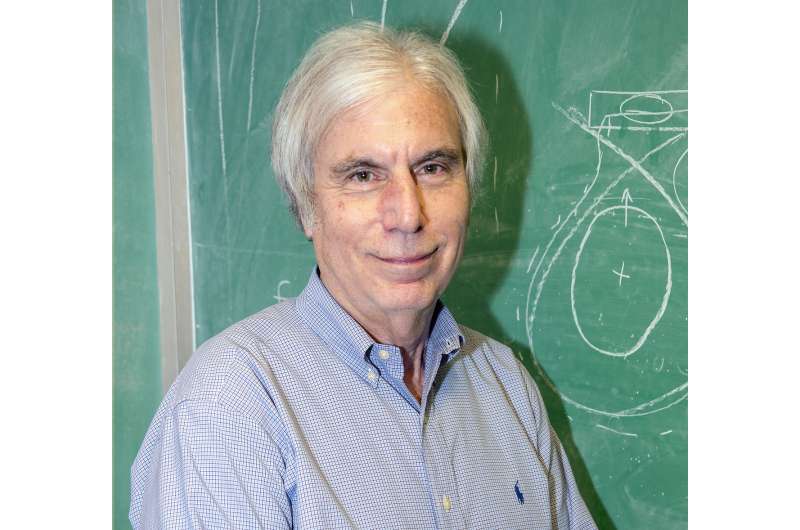Newest supercomputer to help develop fusion energy in international device

Scientists led by Stephen Jardin, principal research physicist and head of the Computational Plasma Physics Group at the U.S. Department of Energy's (DOE) Princeton Plasma Physics Laboratory (PPPL), have won 40 million core hours of supercomputer time to simulate plasma disruptions that can halt fusion reactions and damage fusion facilities, so that scientists can learn how to stop them. The PPPL team will apply its findings to ITER, the international tokamak under construction in France to demonstrate the practicality of fusion energy. The results could help ITER operators mitigate the large-scale disruptions the facility inevitably will face.
Receipt of the highly competitive 2018 ASCR Leadership Computing Challenge (ALCC) award entitles the physicists to simulate the disruption on Cori, the newest and most powerful supercomputer at the National Energy Research Scientific Computing Center (NERSC) at Lawrence Berkeley National Laboratory. NERSC, a U.S. Department of Energy Office of Science user facility, is a world leader in accelerating scientific discovery through computation.
Model the entire disruption
"Our objective is to model development of the entire disruption from stability to instability to completion of the event," said Jardin, who has led previous studies of plasma breakdowns. "Our software can now simulate the full sequence of an ITER disruption, which could not be done before."
Fusion, the power that drives the sun and stars, is the fusing of light elements in the form of plasma—the hot, charged state of matter composed of free electrons and atomic nuclei—that generates massive amounts of energy. Scientists are seeking to replicate fusion on Earth for a virtually inexhaustible supply of power to generate electricity.
The award of 40 million core hours on Cori, a supercomputer named for Nobel Prize-winning biochemist Gerty Cori that has hundreds of thousands of cores that act in parallel, will enable the physicists to complete in weeks what a single-core laptop computer would need thousands of years to accomplish. The high-performance computing machine will scale up simulations for ITER and perform other tasks that less powerful computers would be unable to complete.
On Cori the team will run the M3D-C1 code primarily developed by Jardin and PPPL physicist Nate Ferraro. The code, developed and upgraded over a decade, will evolve the disruption simulation forward in a realistic manner to produce quantitative results. PPPL now uses the code to perform similar studies for current fusion facilities for validation.
The simulations will also cover strategies for the mitigation of ITER disruptions, which could develop from start to finish within roughly a tenth of a second. Such strategies require a firm understanding of the physics behind mitigations, which the PPPL team aims to create. Together with Jardin and Ferraro on the team are physicist Isabel Krebs and computational scientist Jen Chen.
Provided by Princeton Plasma Physics Laboratory




















